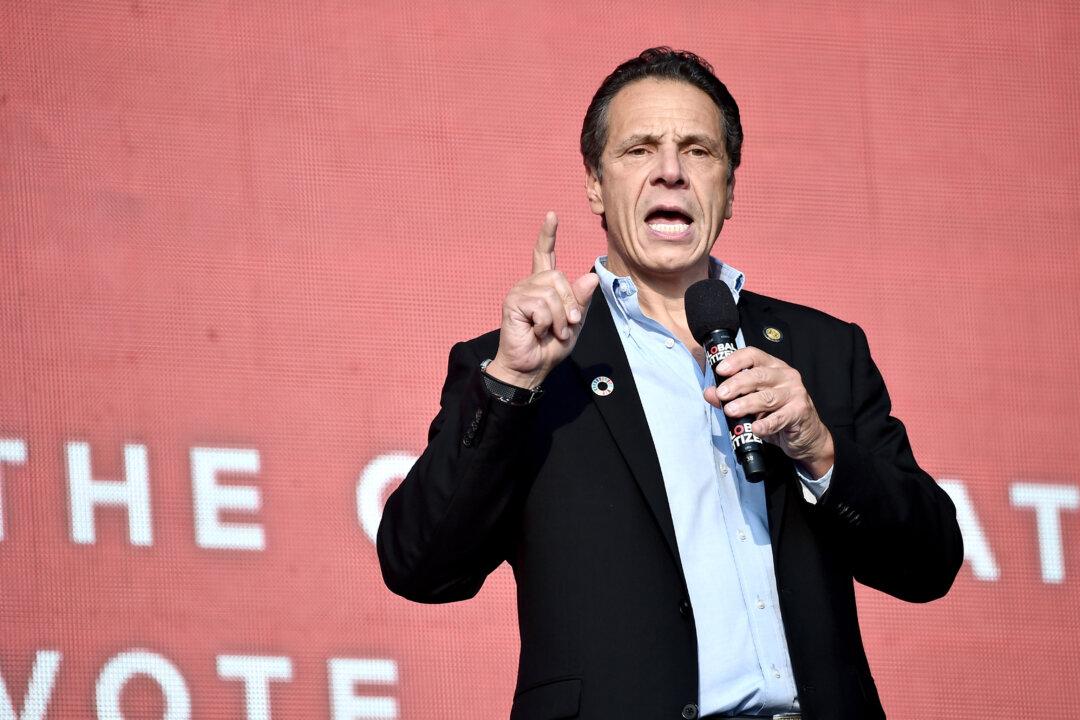New York Gov. Andrew Cuomo announced a projected $2.3 billion budget shortfall on Feb. 4, in what looks to be the beginning of a long-term revenue challenge for the high-tax state.
Cuomo, a Democrat, blamed New York’s revenue woes on congressional Republicans and President Donald Trump. More specifically, a provision in the Republican-led Tax Cuts and Jobs Act of 2017, known as the state and local tax deduction, or SALT.




